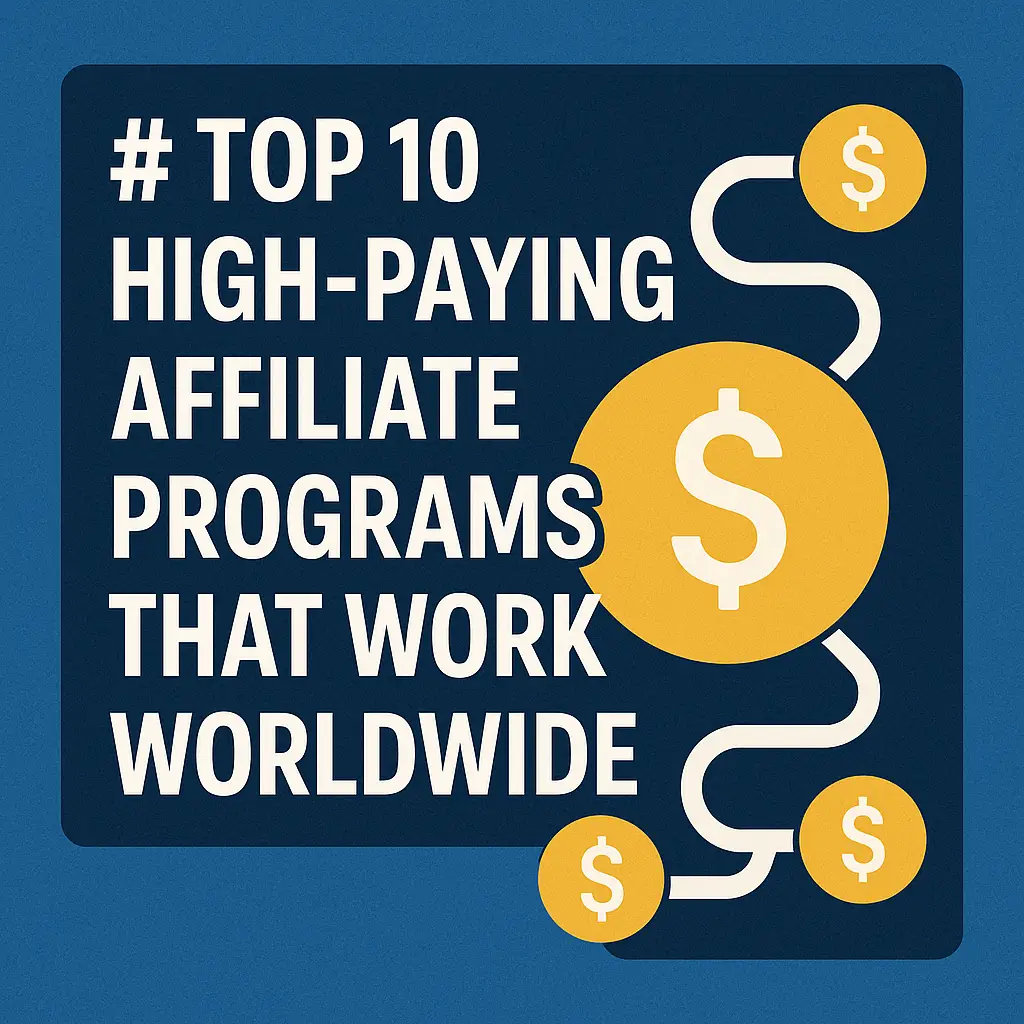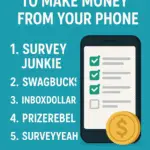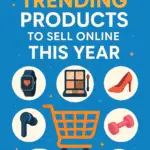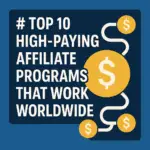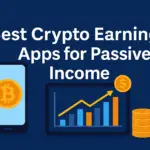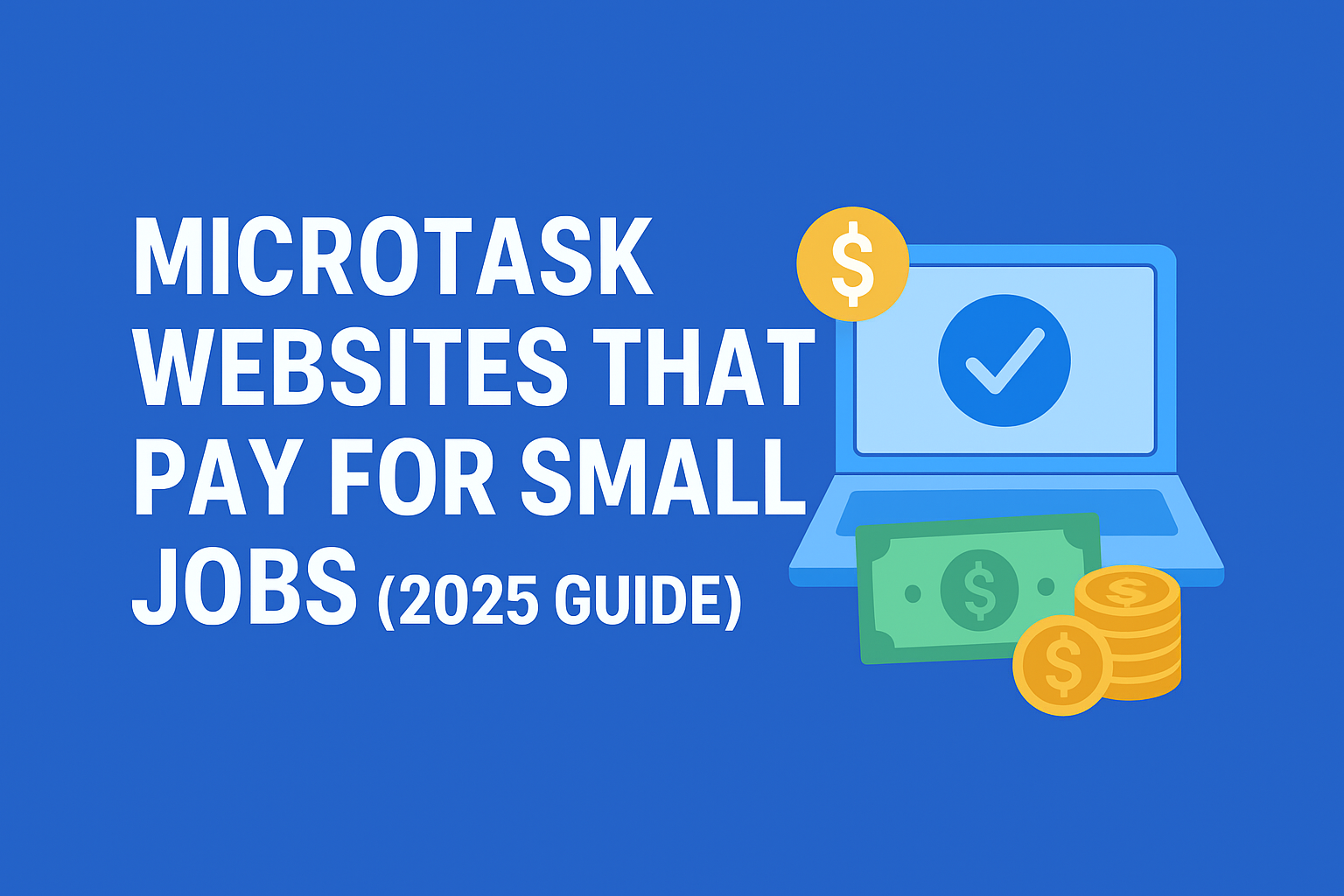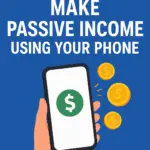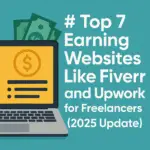Now Reading: How to Start a Print on Demand Business with Zero Investment (2025 Guide)
-
01
How to Start a Print on Demand Business with Zero Investment (2025 Guide)
How to Start a Print on Demand Business with Zero Investment (2025 Guide)
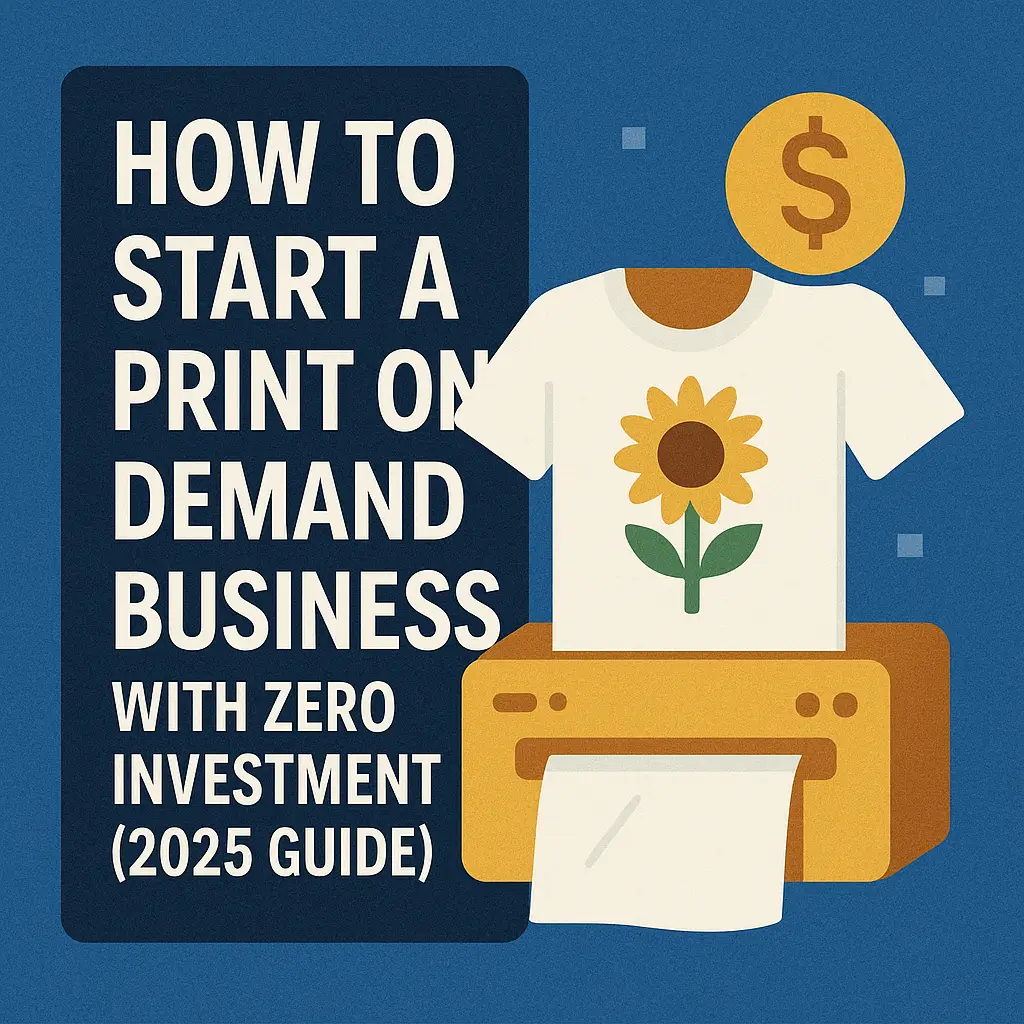
How to Start a Print on Demand Business with Zero Investment (2025 Guide)
Introduction to Print on Demand (POD)
Hi there, I’m Arham — and if you’re like I was a few years ago, then you must be fed up with seeing other people build wealth online while you fritter away time trying to work out where on earth to begin. I’ve been doing e-commerce for a while now, and without doubt, one of the easiest business models for a beginner that I’ve found is Print on Demand.
I began my own POD venture with no money down, simply by using free software and my computer. No high-tech equipment, no up-front cost — simply elbow grease, determination, and a willingness to learn from trial and error. I learned in time what works (and what isn’t).
So in this tutorial, I will inform you exactly how to start your own print on demand business in 2025 — without spending a rupee or dollar. So let’s get started!
What is Print on Demand?
Print on Demand (POD) is the perfect side business for artists and business owners who don’t want to keep inventory or initial capital. In essence, you create items such as t-shirts, mugs, phone cases, or tote bags, and a third-party printer produces and sends them every time an order is placed.
How Does It Work?
That’s the idea
You submit your design → the customer places the order → the supplier prints, packages, and mails it → you receive payment.
No warehouse. No stock. No problem.
Why Begin a POD Business in 2025?
Market Trends and Growth
E-commerce is on fire and personalization is king. Gen Z and Millennials are looking for distinctive, meaningful products, and POD is the solution. Etsy, Amazon, and Redbubble are among the platforms enjoying spectacular sales in POD.
Low-Risk Entrepreneurship
Legacy businesses are expensive to launch. POD? From your couch and a laptop and an Internet connection, you can launch. One of the only real “zero to profit” models out there.
Zero Investment – Is It Truly Possible?
What Zero Investment Truly Entails
Let’s get real here — zero investment certainly does not entail zero effort. You’re using time and skill rather than cash. But yes, absolutely, you can begin without spending money on inventory, software, or advertising.
Free Sites and Tools to Utilize
- Design: Canva, Kittl, GIMP
- Storefront: Redbubble, Teespring (Spring), Printful with Etsy (free until sales are made)
- Marketing: TikTok, Instagram, Pinterest
- Product Mockups: Placeit (free plan offered)
Choosing Your Niche Wisely
How to Select a Profitable Niche
Identify a community of enthusiasts. Dog moms, gamers, bookworms, teachers — individuals who proudly wear their badge on their sleeve. Then, offer them something they can’t purchase at Walmart.
Niche Markets That Thrive in 2025
- Mental health and well-being
- Remote workers / digital nomads
- Green consumers
- Personalized gifts (weddings, baby showers, birthdays)
Building Your Brand
Naming Your Store
Pick something simple, memorable, and topic-specific. Use free name generators such as Namelix or LeanDomainSearch for inspiration.
Creating a Logo for Free
Use Canva’s logo templates or Looka’s free tool. Keep it clean — you’re going for memorable, not complicated.
Setting Up Your Storefront
Best Free Platforms (Shopify Alternatives)
You don’t have to pay $30/month to start out. These websites allow you to get started for free:
Redbubble
Join up, add your art, and your products are live immediately.
Teespring (now Spring)
Perfect for creators with a following — it connects with YouTube, Twitch, and more.
Printful + Etsy Integration
Etsy is $0.20 per listing, and Printful pays for production. Only pay when you sell — the best low-risk offer.
Designing Your Products for Free
With Canva, Kittl, and Other Free Tools
The free version of Canva is a goldmine. Utilize it to create simple text or graphical designs. Kittl works well for vintage and retro designs. Photoshop is not required.
Outsourcing Designs (Without an Extra Cost)
Platforms such as Vecteezy and Creative Fabrica provide free design materials. Utilize royalty-free vectors and make them your own. Or present revenue share offers to up-and-coming designers.
Product Types to Sell
Top-Selling Print on Demand Products
- T-shirts and hoodies
- Mugs and water bottles
- Tote bags and stickers
- Phone cases and posters
Evergreen and Trending Products
Evergreen sells all year round (example: funny cat mugs). Trending products spike high but burn out. Use both to produce flat and spiky sales.
Constructing Killers Product Listings
Writing Product Descriptions That Sell
Speak benefits, not features. “This tote bag is durable” → “This tote bag carries your whole weekend — and your sense of style.”
SEO Tips for Product Pages
Optimize title, tags, and description with keywords. Tools such as Ubersuggest
Marketing Your POD Business for Free
Using Social Media
Share Instagram reels, produce TikToks flaunting your products, or develop Pinterest boards. You don’t spend a dime — only time.
Organic SEO Strategies
Blog posts, YouTube tutorials, or optimizing Etsy titles. Free traffic > paid ads.
Influencer Collaborations (No Money)
Offer a freebie or spend money on a shoutout. Micro-influencers will most likely accept collab if you have a fire niche.
Managing Orders and Customer Care
What Happens When There is a Sale?
Your POD partner does the dirty work. You just make sure everything goes smoothly and customers are happy.
Mastering Dealing with Customers
Be courteous, respectful answers. Always deliver a solution — even if it wasn’t your mistake. Good service = return customers.
Mistakes to Avoid on Your POD Journey
Common Starter Mistakes
- Try to sell to all
Cut and Paste designs - Not focusing on SEO
- Not product testing
How to Learn and Adjust Fast
Leave learning mode on. Watch YouTube tutorials, join POD Facebook groups, and learn what works (and what not).
Building Your Business Over Time
Translating Profit into Growth
The instant you begin to earn, invest back in advanced tools, paid ads, and professional-level design tools.
Smart Reinvesting
Don’t waste your initial $100. Invest it on testing good ads or have a freelance designer redo your top products.
Conclusion
Having a print on demand store with zero capital in 2025 is not just possible — it’s freedom. You’ve got your free software, international marketplaces, and boundless possibilities at your fingertips. If you’re a struggling college student or stay-at-home mom, you can open your shop today and make it something that’s working. The trick? Begin. Learn. Adjust. Repeat.
FAQs
Is POD still profitable in 2025?
Yes. As long as individuals are fond of personalized and customized things, POD will remain good — especially with social media sharing custom merchends.
Do I need to register a business to get started?
Not initially. You can feel your way around first. But if you’re selling on a regular basis, sure, register legally so that you’ll never have tax problems.
What if I’m not a designer?
You don’t have to! Utilize free templates, outsource through Fiverr designers (when you can), or utilize plain text-based designs that still sell like hotcakes.
When will I get my first sale?
It depends on your niche and marketing. Some earn their first sale within days, while others take weeks. Employ steady promotion.
Can I operate a POD business through my phone?
Yes. Canva, Teespring, and Etsy all have mobile apps. You can create, upload, and sell straight off your phone.












